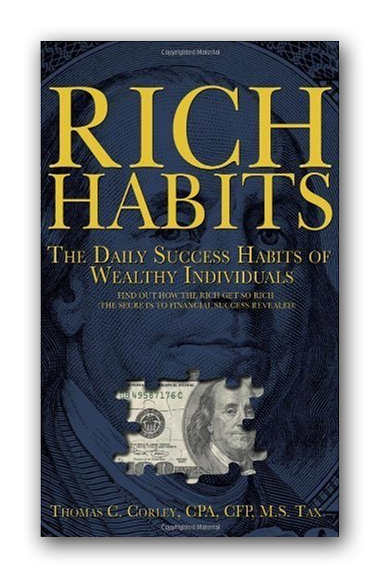
I believe if you understand the physiology of habits, their physical structure, it is easier to wrap your head around how habits work and why they are so important. So, let me try to explain that physiology.
We actually have three brains:
- Cortex – Also known as the “New Brain”. Evolutionarily, it is the most recent addition to the brain. Neurologists believe it evolved around 200,000 to 250,000 years ago.
- Limbic System – Second oldest part of the brain. Controls many functions, including habits.
- Brain Stem – Oldest part of the brain. Part of the central nervous system, which automates many functions, such as breathing, blood flow, hunger, heart function, and the automatic functioning of many other organs.
Inside the second brain region, the Limbic System, is something called the Basal Ganglia. The Basal Ganglia is considered the command and control center for habits.
Inside the Basal Ganglia is something called the Striatum. The Striatum has two parts:
- The Dorsal Striatum has long, branch-like tendrils which reach out and connect to the Cortex, Substantia Nigra and Thalamus. This is one of the many ways the “New Brain” is connected to the “Old Brain”.
- The Ventral Striatum includes something called the Nucleus Accumbens, which is the reward center of the brain. It too is connected to the “New Brain”.
The Striatum has two sets of unique neurons (brain cells) called Fast Spiking Interneurons (FSI):
- Go Pathway – The FSIs inside the Go Pathway turn on habits. They are the neurons that are activated when your kids see the McDonalds yellow arches.
- Stop Pathway – The FSIs inside the Stop Pathway turn off habits when the habit is done doing what it does (example – eating a McDonald’s burger). Once the reward is received for engaging in a habit, the Stop Pathway FSIs send a signal to the cortex to disengage from the habit (stop eating food at McDonalds).












It is so helpful when you explain the actual physical processes that occur during habit formation.
Thank you! I agree with Lisa’s comment above, it is super helpful reading your explanations and examples to grasp a better understanding of what is going on inside and brains and the ‘why’ we do what we do aspect, I find it fascinating. Thank you, thank you.